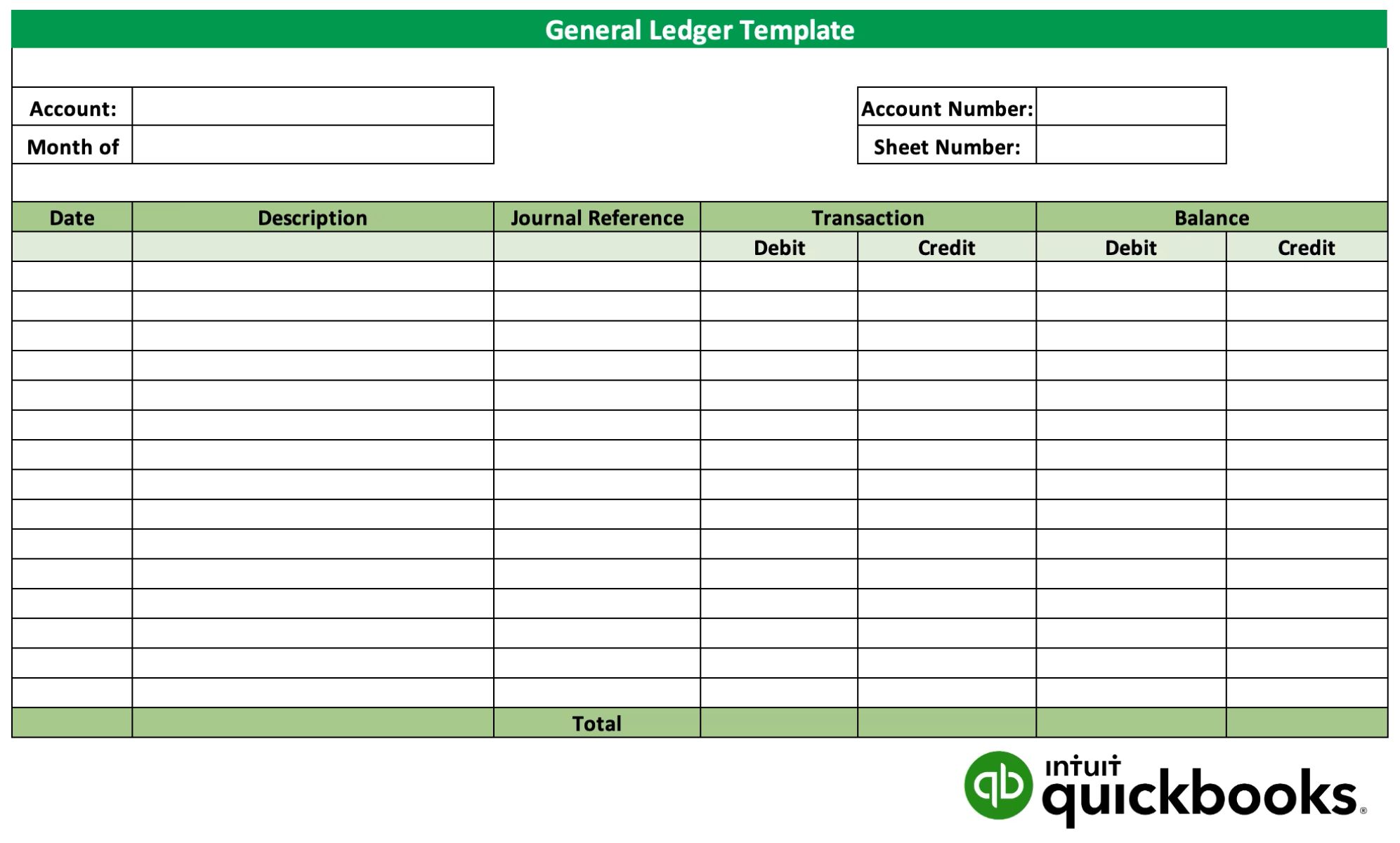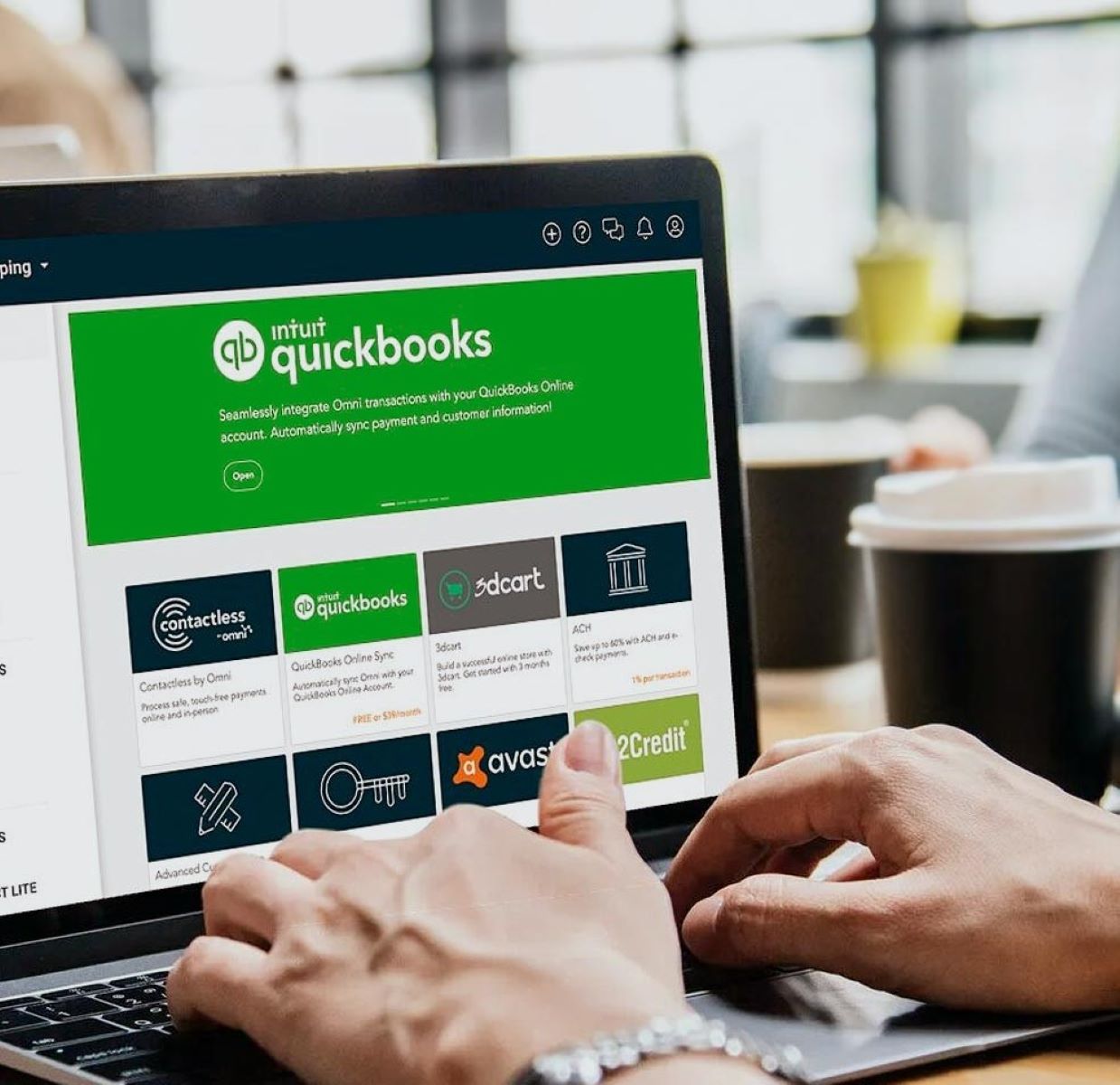Introduction
Managing your budget is an essential aspect of running a successful business. QuickBooks, the popular accounting software, offers a robust budgeting feature that allows you to track and control your expenses effectively. Whether you’re a small business owner or a financial professional, QuickBooks makes it easy to enter and monitor your budget.
In this article, we will guide you through the process of entering your budget in QuickBooks, step by step. By following these simple instructions, you’ll be able to accurately set and track your budget, ensuring that your financial plans align with your business goals.
Before we delve into the steps, it’s important to note that QuickBooks offers various budgeting options. You can create budgets for different time periods, departments, or specific accounts. This flexibility allows you to adapt the budgeting feature to your unique business needs.
So, whether you’re setting an annual budget, a monthly forecast, or departmental budgets, QuickBooks provides the functionality and flexibility to keep your finances on track.
Now, let’s get started with the step-by-step guide to entering your budget in QuickBooks.
Step 1: Access the Budgeting Feature in QuickBooks
To begin entering your budget in QuickBooks, you’ll first need to access the budgeting feature. Follow these steps:
- Launch QuickBooks and log in to your company file.
- In the navigation menu, click on the “Company” tab.
- From the dropdown menu, select “Planning & Budgeting” and then click on “Set Up Budgets.”
- This will open the Budgets homepage, where you can access all your budgeting options.
QuickBooks offers different types of budgets, such as Profit & Loss, Balance Sheet, and Sales by Class. Choose the appropriate type of budget that aligns with your business goals and financial needs.
It’s important to note that depending on the version of QuickBooks you are using, the navigation and naming of the menu options may slightly vary. However, you can always refer to QuickBooks’ help documentation or reach out to their support for assistance.
Now that you have accessed the budgeting feature, you’re ready to move on to the next step in entering your budget.
Step 2: Choose the Budget You Want to Enter
After accessing the budgeting feature in QuickBooks, it’s time to choose the specific budget you want to enter. This step allows you to select the budget that aligns with your financial planning. Follow these steps:
- On the Budgets homepage, you’ll see a list of your existing budgets.
- Review the list and choose the budget that you want to enter or edit.
- If you don’t have a budget set up yet, you can click on the “Create New Budget” button to create a new one.
- You will be prompted to enter a name for the budget. Choose a descriptive name that helps you easily identify its purpose or time period.
- Once you have selected the budget or created a new one, click on it to proceed to the next step.
Keep in mind that you can have multiple budgets in QuickBooks, each serving a different purpose. For example, you might have a budget for a specific quarter, a budget for a particular department, or a budget for your overall business expenses. Ensure that you choose the correct budget for entering your financial information.
By selecting the appropriate budget, you can effectively track and compare your actual expenses against your projected budget. This insight will allow you to make informed financial decisions and identify any areas where you may need to adjust your spending.
Now that you have chosen the budget you want to enter, it’s time to move on to the next step and start inputting your budget amounts.
Step 3: Select the Appropriate Budget Column
Once you have chosen the budget you want to enter in QuickBooks, it’s important to select the appropriate budget column. This step ensures that you allocate your budget amounts accurately. Follow these steps:
- In the budget details page, you will see a table with columns representing different periods or accounts, depending on the type of budget you are working with.
- Review the column headers and choose the appropriate column for entering your budget amounts.
- If you are working with a monthly budget, the column headers will typically display the months of the year.
- For an annual budget, the column headers will represent the fiscal year, with each period representing a month or a quarter.
- Once you have identified the correct column, click on the corresponding field in the table to input your budget amount.
Selecting the right column is crucial as it determines where your budgeted amounts will be applied. By accurately assigning your budgeted amounts to the correct period or account, you can effectively track your financial performance and make timely adjustments when needed.
QuickBooks provides flexibility in adjusting your budget columns, allowing you to add or remove periods or customize the column headers to suit your specific needs.
Now that you have selected the appropriate budget column, you’re ready to move on to the next step and start entering your budget amounts.
Step 4: Enter Your Budget Amounts
With the appropriate budget column selected, it’s time to enter your budget amounts in QuickBooks. This step allows you to allocate your projected income and expenses for each period accurately. Follow these steps:
- Locate the field in the table where you want to enter your budget amount.
- Click on the cell corresponding to the desired account and period combination.
- Enter your budget amount in the field. QuickBooks will automatically format it according to the currency and decimal settings.
- Continue entering the budget amounts for each account and period as necessary.
- Take your time to ensure the accuracy of your entries, double-checking the amounts before moving on.
It’s important to note that QuickBooks also provides the option to copy and paste budget amounts from external sources. This feature can be particularly helpful when you have a large amount of data to input or if you have already prepared your budget in a different format.
Additionally, QuickBooks offers flexibility in entering your budget amounts. Depending on your preferences and accounting needs, you can input your budget as a total amount, monthly breakdown, percentage of income, or even as a reference to historical data.
By accurately entering your budget amounts in QuickBooks, you will have a clear view of your financial plan and can track your actual performance easily. This information is vital for making informed decisions and identifying areas where adjustments may be required.
Now that you have entered your budget amounts, it’s time to review and save your budget in QuickBooks.
Step 5: Review and Save Your Budget
After entering your budget amounts in QuickBooks, it’s crucial to review and save your budget to ensure accuracy and proper implementation. Follow these steps:
- Take a moment to review your entered budget amounts and verify their accuracy. Double-check that all the figures align with your financial plan and goals.
- If necessary, make any adjustments or corrections to the budgeted amounts. QuickBooks allows you to edit the values directly in the table, providing flexibility to modify your budget as needed.
- Once you have reviewed and made necessary changes, click on the “Save” or “Save and Close” button to save your budget in QuickBooks.
- Ensure that you save your budget in the appropriate location, such as a specific folder or location within QuickBooks.
By saving your budget, you are preserving the entered data and ensuring that it is ready for use in tracking and comparing your actual financial performance. This step is crucial in maintaining accurate and up-to-date financial records for your business.
QuickBooks also provides the option to print or export your budget for further analysis or sharing with stakeholders. This feature can be useful when presenting your financial plans to management, investors, or for your own reference.
Remember that your budget is a dynamic tool, and as your business evolves, you may need to revisit and adjust your budget periodically. QuickBooks allows you to easily update and revise your budget to reflect any changes in your financial goals or market conditions.
By regularly reviewing and updating your budget in QuickBooks, you can stay proactive in managing your finances and make informed decisions to achieve your business objectives.
Congratulations! You have successfully entered and saved your budget in QuickBooks. You can now utilize this valuable tool to monitor your financial performance, track variances, and make data-driven decisions to drive the success of your business.
Conclusion
Managing your budget is a crucial aspect of running a successful business, and QuickBooks provides a powerful platform to help you with this task. In this article, we have guided you through the step-by-step process of entering your budget in QuickBooks.
We began by accessing the budgeting feature in QuickBooks and choosing the specific budget you want to enter. We then discussed the importance of selecting the appropriate budget column and how it impacts accurate allocation of your budgeted amounts.
Next, we covered the process of entering your budget amounts, emphasizing the importance of accuracy and showcasing the flexibility QuickBooks offers in inputting your financial data. Finally, we discussed the importance of reviewing and saving your budget, as well as the option to export or print it for further analysis or sharing with stakeholders.
By following these steps, you can effectively set up and maintain your budget in QuickBooks, allowing you to track your financial performance, make informed decisions, and adjust your budget as necessary. The budgeting feature in QuickBooks empowers you to align your financial goals with your business objectives and ensures you have a clear understanding of your financial health.
Remember, your budget is a dynamic tool, and it should be regularly reviewed and updated to reflect the changing needs and circumstances of your business. Take advantage of QuickBooks’ features and resources to stay on top of your financial management and drive the success of your business.
So, don’t hesitate to leverage the power of QuickBooks to streamline your budgeting process and take control of your finances. Start entering your budget today and pave your way to financial success!

























